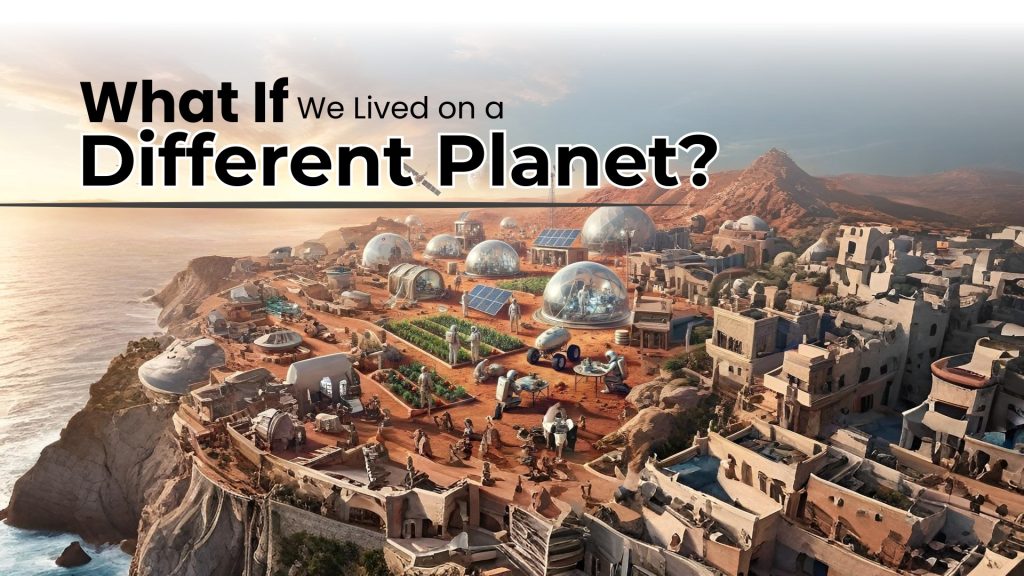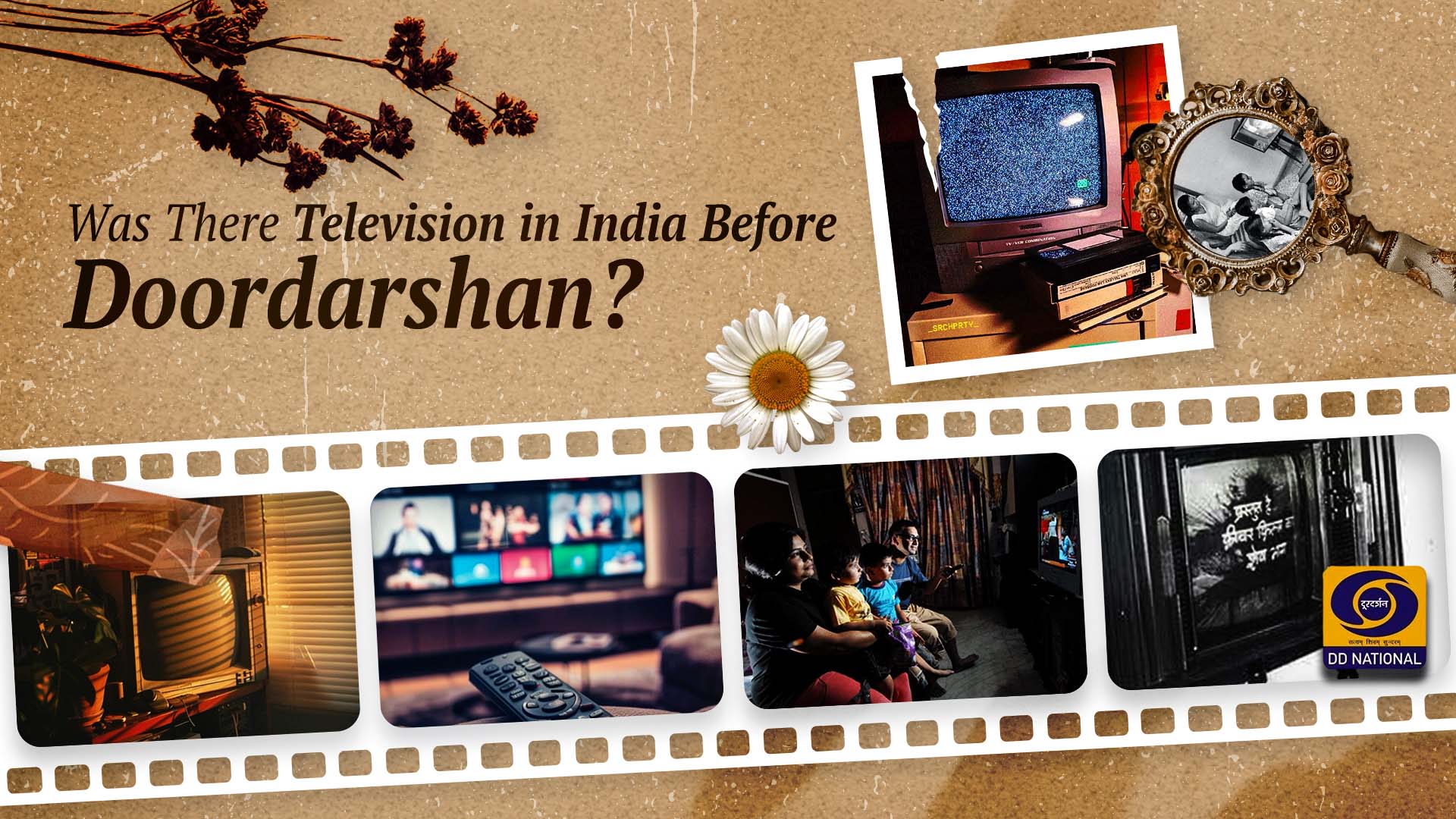The ground beneath him glowed faintly, like bioluminescence. Was it blue? Was it purple? He couldn’t tell. He couldn’t believe his eyes. Floating above the horizon were three Suns, each a different size. And rather peculiarly, two of them were not yellow in color. They were glowing green and violet, respectively, and strangely, one of the two was Himalayan cool, eerily cold. It was a Sun to exhale pre frost. And…and…and as I can keep going like this, since every other glimpse was quite unusual to be described. It was all against logic in this weirdest of the weirdest planets.
What If?
Did that sound strange to you? Let’s pause. Have you ever wondered what it would be like to be on another planet? Of course, you might imagine it differently. There are many ways to picture it. I’m a little eager to know something, don’t you ever fancy being on a different planet? Or has your child ever asked you how it would feel if you both were on a different planet together? It could be Venus, Mars, or maybe Jupiter. It could even be any fictional planet too, or maybe the one that exists, but is not a part of our solar system. It’s Kepler-442b. Yes, it’s a real exoplanet scientists believe could be habitable. Of course, life here isn’t utopian, rather a daring adventure in survival and adaptation.
Difference in Gravity
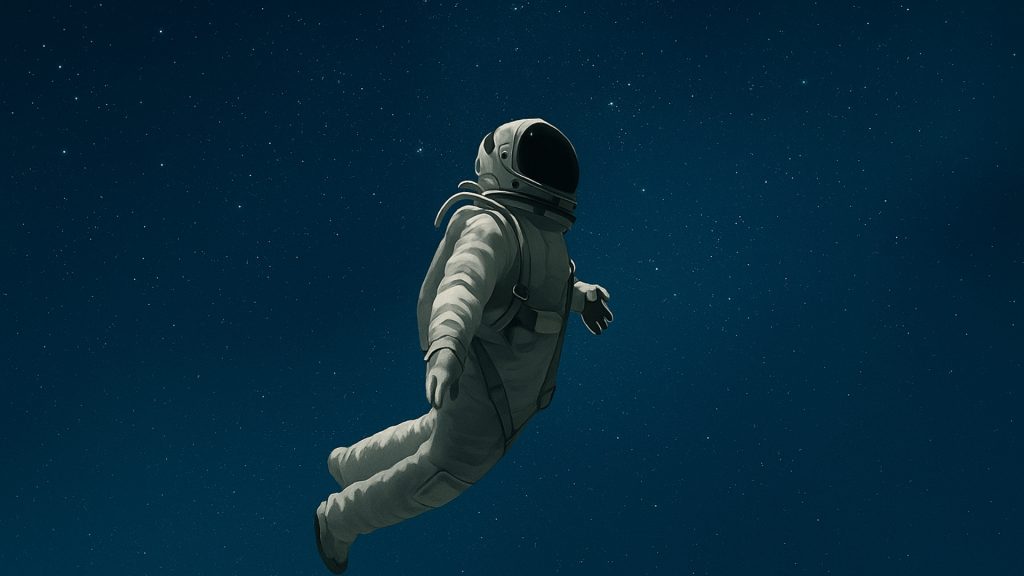
Our first challenge would be gravity. Kepler-442b is a little larger than Earth, so gravity pulls harder. Our bodies would adapt over generations, denser bones and stronger muscles. Daily life would feel like constant resistance training, and it would leave us exhausted.
Composition of Air
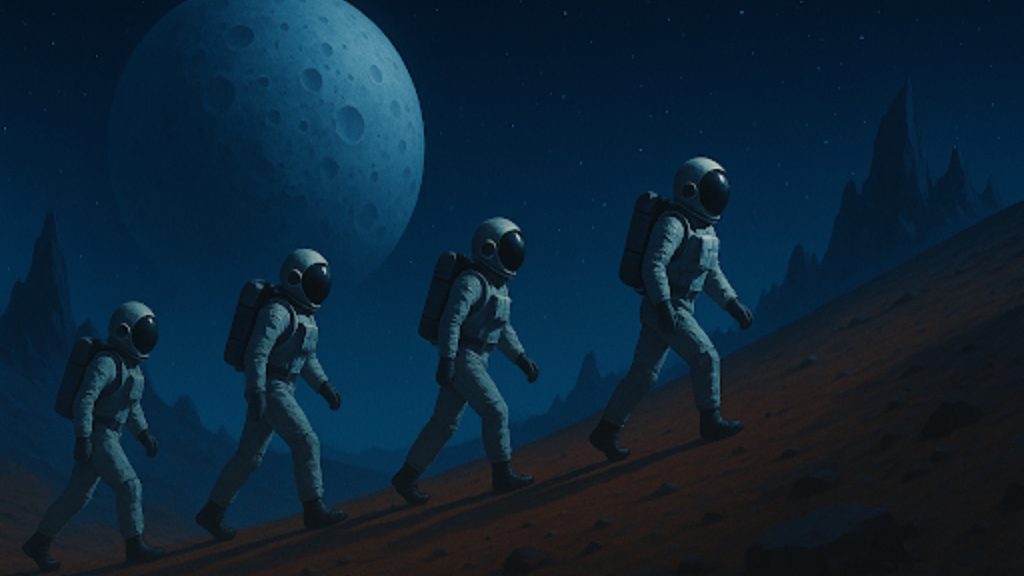
The air is different too. Though it has oxygen, the ratio isn’t quite Earth-like. Colonists would need respirators at first, and this in itself is a reminder that this world is not welcoming. Engineers would build vast bio-domes with Earth-like air. Outside, botanists would work to “terraform” sections of the surface, using genetically modified plants to churn out more breathable oxygen. These green oases would be vital lifelines, but fragile, vulnerable to local pests or alien fungi.
Speaking of alien life, this planet teems with possibilities. There might be very different plants and animals on this very different planet. We are allowed to picture forests of towering, spiraled trees with translucent leaves that glow at night. We know bioluminescence exists on Earth (e.g., fireflies, deep-sea creatures). Although we have no direct evidence of such forests on any exoplanet, alien ecosystems could have radically different plant shapes due to different gravity, light, or atmospheric composition. So it’s plausible alien plants might evolve to glow for signaling or attracting pollinators. Colonists would need to understand and respect this ecosystem quickly.
Search of Water
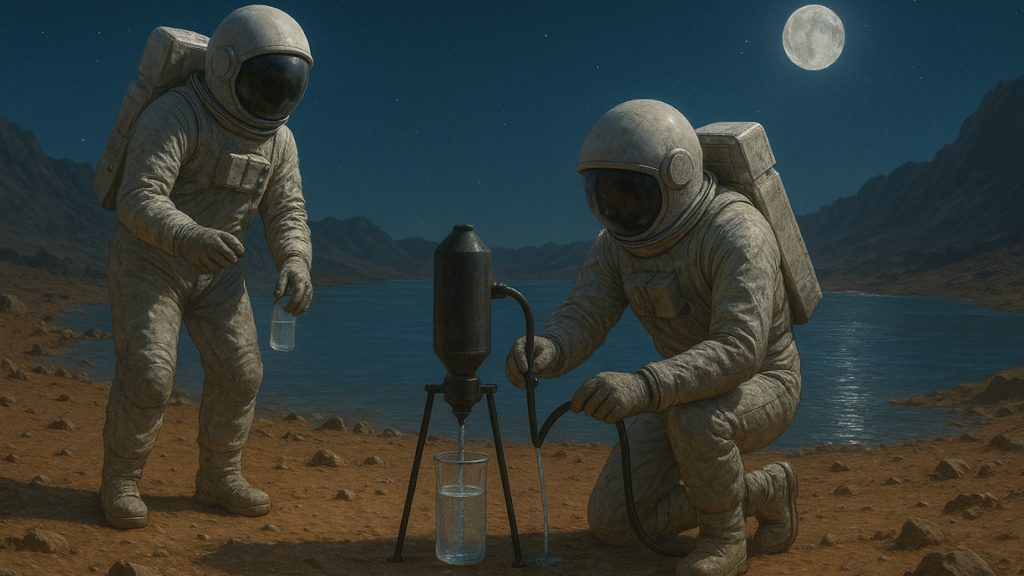
Water would be another barrier. The planet’s lakes are rich with minerals but they are potentially toxic. Chemists and engineers would design portable filtration labs that look like backpacks developing hoses and nozzles. The first settlers might treat clean water like gold, ration every drop, trade it, fight over it when supplies run low. Entire expeditions could revolve around finding new sources, and of discovering an underground aquifer.
Strength of Shelter
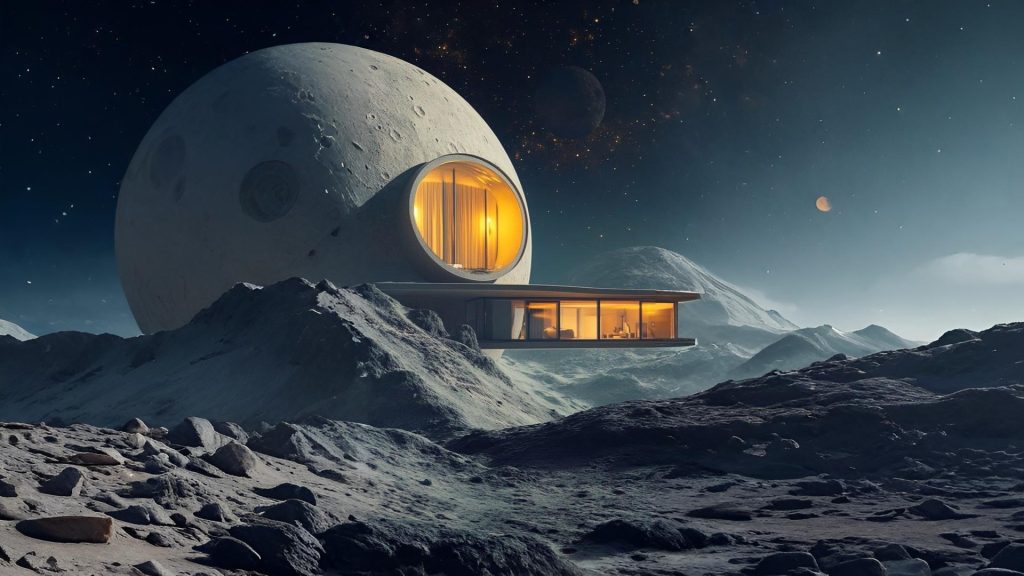
It wouldn’t be easy. There would be accidents, tragedies, and even conflict over limited resources. In the end, living on a different planet wouldn’t be a dream of perfection rather a thrilling, dangerous, and profoundly human adventure. It would be a testament to our stubborn will to explore, adapt, and claim even the harshest worlds as our home, an answer to the question: what if we lived on a different planet?

